In Singapore, more women are embracing strength training than ever before. From community gyms in HDB estates to boutique fitness studios in the CBD, the weights section is no longer a male-dominated space. Yet, despite this shift, many women still hesitate to lift heavy weights—largely due to long-standing myths and misconceptions.
If you’re a woman looking to get stronger, leaner, and healthier, it’s time to leave outdated fitness beliefs behind. In this article, we bust the most common myths about strength training for women and explain why it’s one of the best things you can do for your body and mind.
- Myth 1: “Lifting weights will make me bulky.”
- Myth 2: “Cardio is better for fat loss than strength training.”
- Myth 3: “Strength training is only for the young.”
- Myth 4: “I need to lose weight before lifting weights.”
- Myth 5: “I should only do light weights with high reps.”
- Myth 6: “Strength training is not feminine.”
- Myth 7: “Machines are safer than free weights.”
- Myth 8: “Strength training is time-consuming.”
- Myth 9: “I won’t enjoy it.”
Myth 1: “Lifting weights will make me bulky.”
This is the most persistent myth in female fitness. Many women fear that strength training will make them look overly muscular or masculine. But here’s the truth: women don’t produce enough testosterone to bulk up the way men do.
Muscle growth in women is a slow and steady process. It takes months (even years) of consistent training and eating in a calorie surplus to build significant muscle mass. The average gym session won’t suddenly give you bodybuilder arms.
What happens? You get leaner, tighter, and more toned. Your body burns fat more efficiently. Clothes fit better. And you feel more confident in your skin.
Myth 2: “Cardio is better for fat loss than strength training.”
While cardio burns calories during the workout, strength training builds lean muscle, which raises your resting metabolic rate. This means your body burns more calories even when you’re not moving.
Strength training also creates an “afterburn” effect (known as EPOC – Excess Post-Exercise Oxygen Consumption), where your body continues to burn calories post-workout as it recovers.
In Singapore’s fast-paced lifestyle, efficiency is key. Lifting weights just 3–4 times a week can give better long-term fat loss results than daily cardio marathons.
Myth 3: “Strength training is only for the young.”
Another myth that holds many women back is the idea that lifting weights is only suitable for younger adults. In reality, strength training is crucial as we age.
After the age of 30, we naturally start to lose muscle mass. This process, known as sarcopenia, can lead to weakness, poor posture, and even increased risk of falls later in life. Lifting weights helps maintain muscle strength and bone density, especially important for women at risk of osteoporosis.
In Singapore, where the population is ageing, active ageing campaigns are encouraging more women above 40 to take up strength-based workouts.
Myth 4: “I need to lose weight before lifting weights.”
Waiting to “get fit” before lifting weights is like saying you need to improve your driving skills before taking driving lessons.
Strength training actually helps you lose weight, provided you’re also managing your nutrition and sleep. The more muscle mass you carry, the more efficient your body becomes at burning fat.
Lifting weights as a beginner doesn’t require you to be slim or fit, it just requires consistency and proper form. Begin with bodyweight or light dumbbell exercises and gradually increase the intensity.
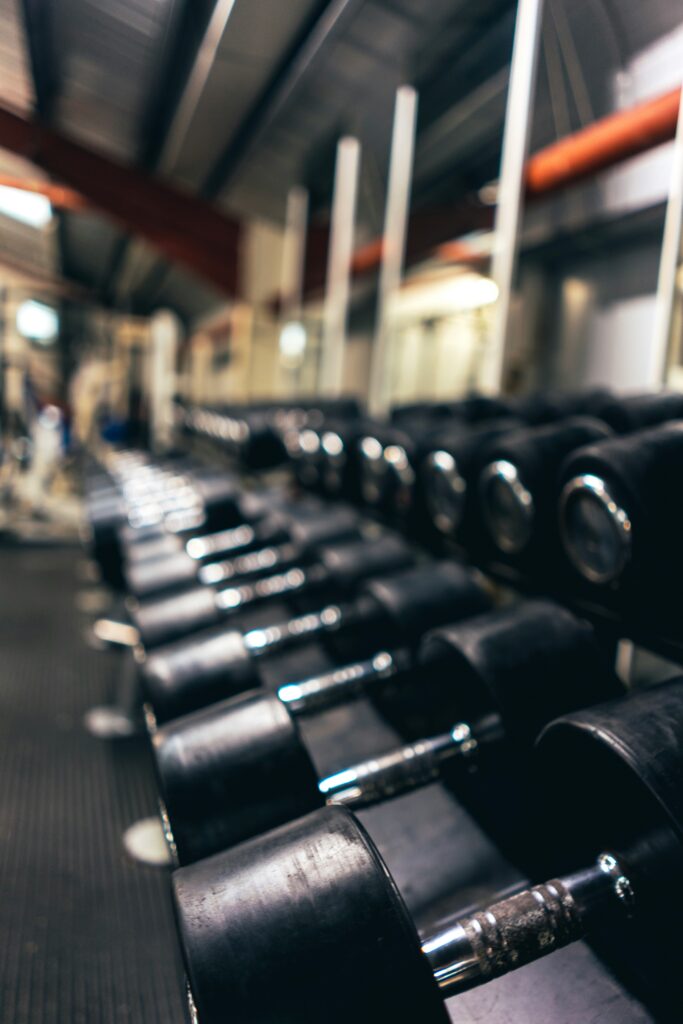
Myth 5: “I should only do light weights with high reps.”
There’s a misconception that women should avoid lifting heavy and stick to light weights with high reps to “tone.” While this can help build muscular endurance, it won’t significantly alter your body composition or enhance strength.
To see real progress, you need to progressively overload. Which means gradually increasing the weight or intensity of your workouts over time.
Singapore’s fitness scene has evolved to include strength-based classes tailored for women, such as kettlebell training, barbell classes, and functional strength workouts.
Myth 6: “Strength training is not feminine.”
This myth is rooted in outdated notions of beauty. There’s nothing unfeminine about being strong, capable, and confident. Strength training doesn’t erase femininity, it enhances it.
Whether you’re a mum juggling family duties in a BTO flat or a corporate professional working long hours in Raffles Place, strength training gives you the mental and physical resilience to handle life better.
You don’t need to fit into someone else’s ideal of what a woman should look like. Train for yourself.
Myth 7: “Machines are safer than free weights.”
While machines can be helpful for beginners learning movement patterns, they limit your range of motion and don’t always mimic natural movement.
Free weights (like dumbbells and barbells) build better functional strength and improve stability, balance, and coordination. They also engage more muscle groups at once, making your workout more efficient.
Singapore gyms, such as Gymmboxx and Virgin Active, have personal trainers who can guide you on proper form, helping you build confidence with free weights safely.
Myth 8: “Strength training is time-consuming.”
Many women think they need to spend 90 minutes in the gym to see results. In reality, a well-structured 30- to 45-minute strength workout, three to four times a week, is more than enough.
Focus on compound movements — like squats, deadlifts, rows, and presses — that work multiple muscles at once. Pair this with short rest periods, and you’ve got a full-body burn that fits into even the busiest Singaporean schedule.
If you’re training at home, resistance bands and a pair of dumbbells can still give you a solid strength workout.
Myth 9: “I won’t enjoy it.”
If your previous workouts felt boring, repetitive, or like a chore, it wasn’t the exercise, it was the experience. Strength training isn’t just lifting weights in silence. It’s about discovering what your body is capable of.
From group strength classes to solo barbell workouts, the variety is endless. You can track your progress tangibly, more reps, heavier lifts, improved form. That sense of accomplishment is addictive.
Tips to Get Started with Strength Training in Singapore
- Find a women-friendly gym: Look for spaces like The Strength Yard, Ritual Gym, or Strength Avenue that have beginner-friendly environments.
- Work with a personal trainer: Especially if you’re new, learning proper form is essential to prevent injuries.
- Start small: Begin with bodyweight movements or resistance bands. Focus on mastering form.
- Don’t skip recovery: Give your muscles time to recover. Rest days are part of the process.
- Track your progress: Keep a simple journal of your workouts, weights used, and how you felt.
Final Thoughts
Strength training is not just about aesthetics. It’s about building a stronger, healthier, and more empowered version of yourself. The benefits go far beyond the gym.
In a city like Singapore, where life moves quickly, lifting weights provides women with the mental clarity, emotional strength, and physical resilience to keep up—and thrive.
Ignore the myths. Embrace the iron. Your strongest self is waiting.



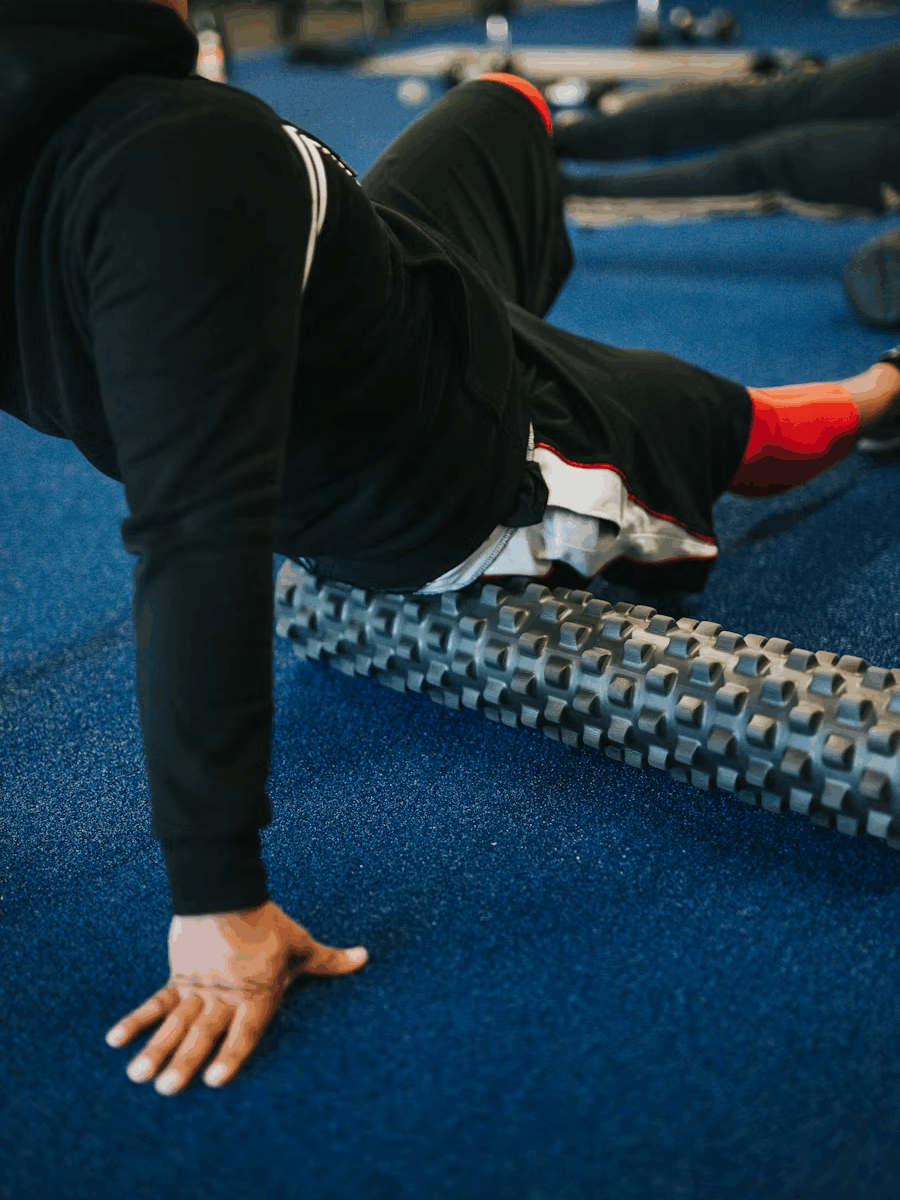
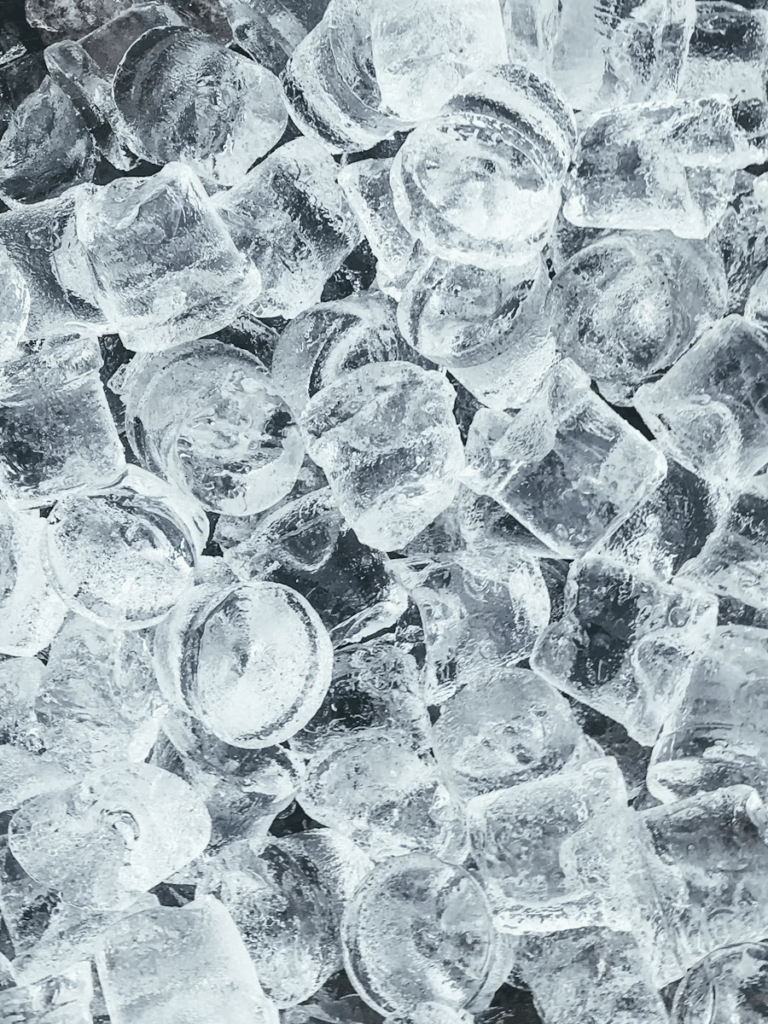

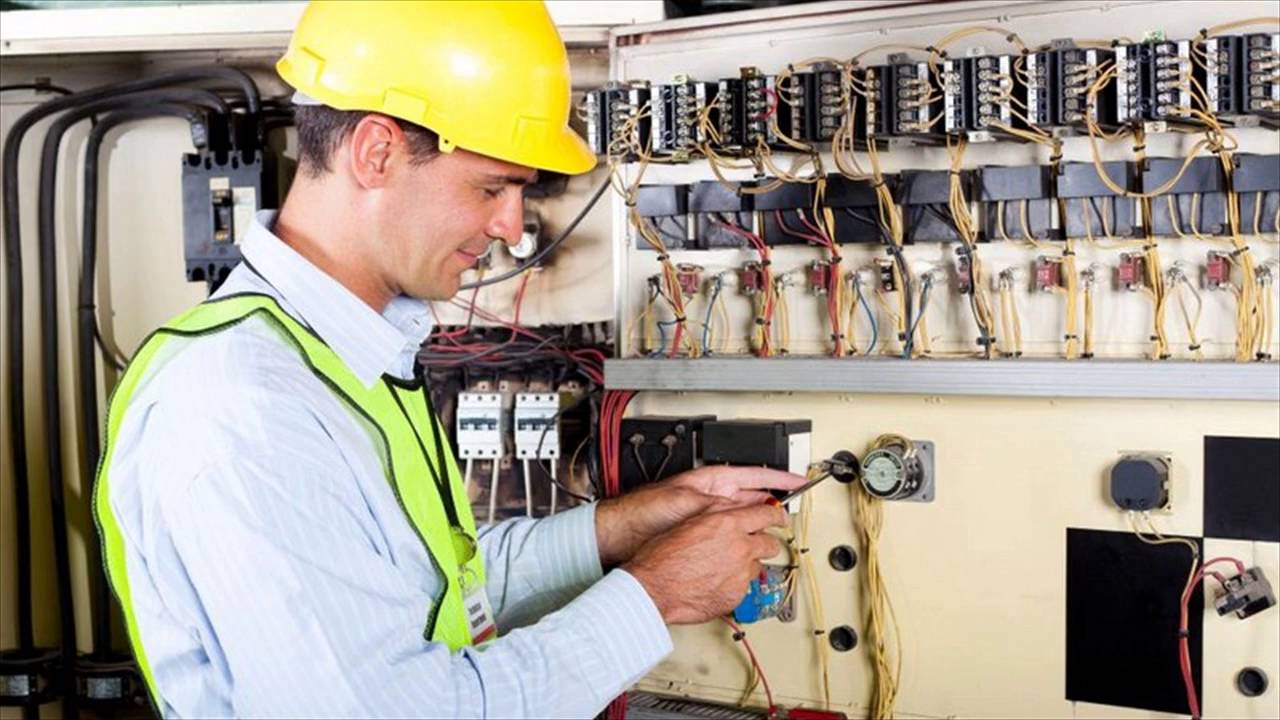


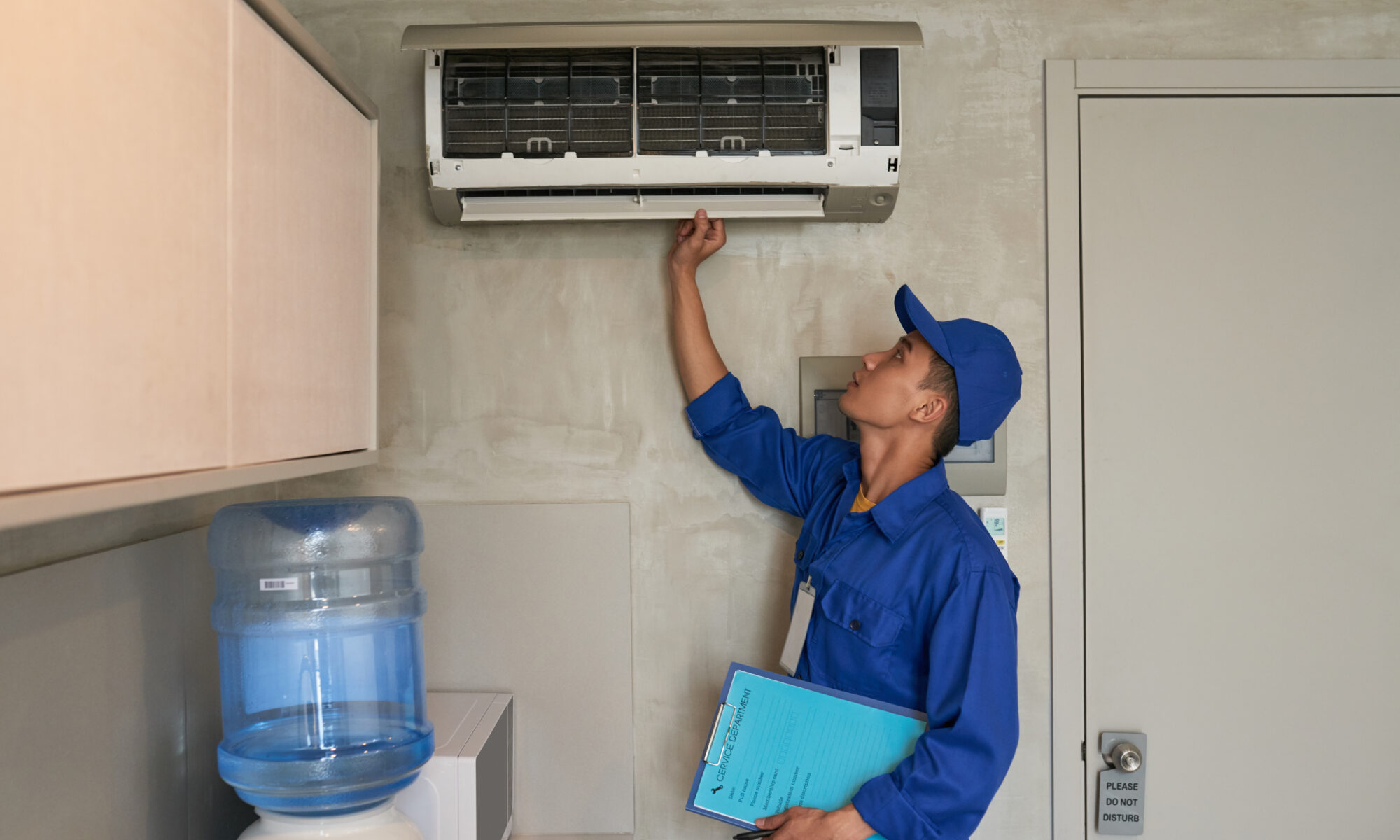
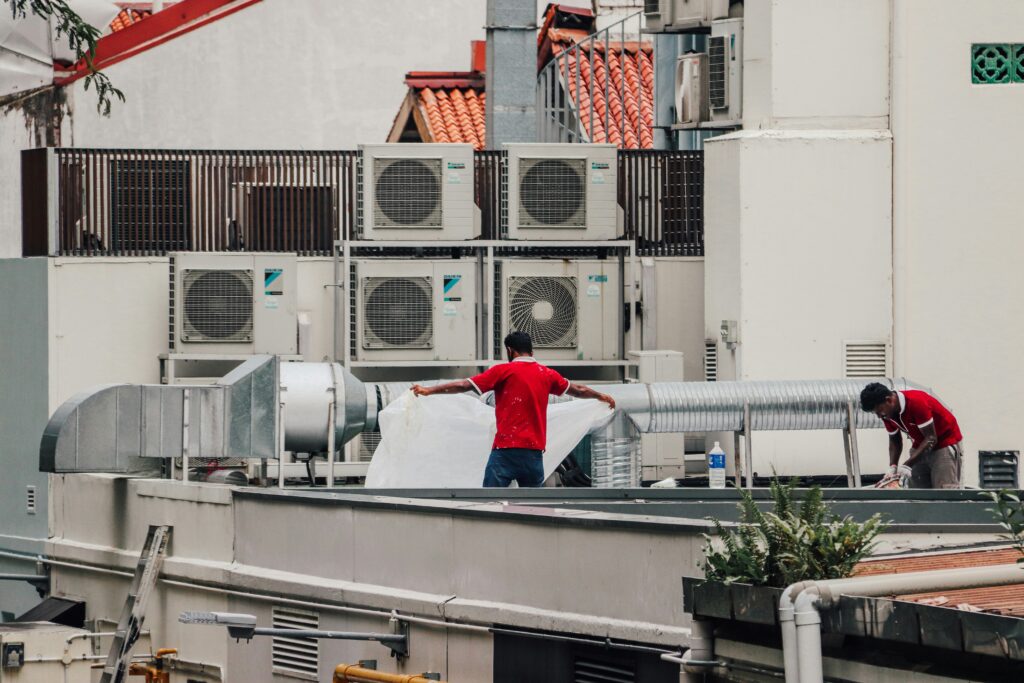



You must be logged in to post a comment.